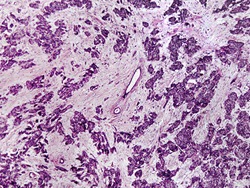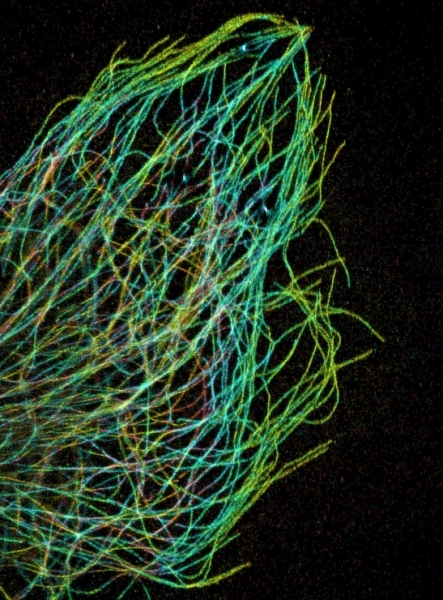
A group of biologists from the Institute Gulbenkian of Portugal was able to understand how a parent cell after division distributes to daughter cell the right number of centrioles — organelles involved in the formation of the cell center and the mitotic spindle, and variations in the population which can cause cancer. It turned out that there is a special protein that suppresses up of extra centrioles. The results are published in the journal Current Biology.
Tsentriol — cylindrical cell structure consisting of microtubules. In the cell usually contains two centriole, however, during cell division, each parent produces a child tsentriol. A centriole in each pair first perpendicularly attached to each other, but then they separate and go to the far ends of the cell, forming the spindle. Scientists decided to find out what mechanisms are involved in the copying of a single centriole.
The researchers drew attention to the recently discovered key regulator of the formation of centrioles — protein Plk4. It is activated only before the start of education a subsidiary of centrioles, and this means that the rest of the time its something suppresses. This ensures the correct number of copies of the tubules.
Biologists have discovered that a protein complex CDK1 (cyclin-dependent kinase), which determines the time of cell division, was also an inhibitor of Plk4 activity. It prevents the interaction of the protein with the substrate STIL. Therefore, Plk4 to activate the Assembly of new centrioles only in the absence of active CDK1. To double the centriole before its division, the cell may begin to synthesize substances that inhibit cyclin-dependent kinase. Cancer cells can continually suppress CDK1, causing excessive copying of centrioles and contributing to their uncontrolled division.
The spindle structure, which ensures the divergence of the chromosomes to the poles of the cell during its division. It consists of microtubules that attach to chromosomes, and the centrosome — organizing center of microtubules in the cells that contain a centriole. In tumour cells it is possible to detect an abnormal number of centrosome.








